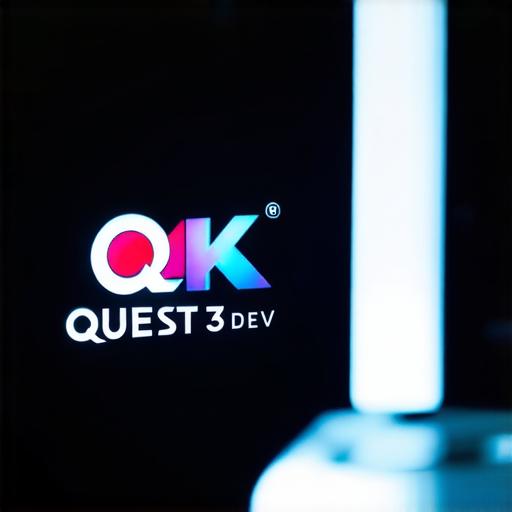Best practices for using the Quest 3 dev kit

1. Understand Your Target Audience:
Before you start developing your game, you need to understand your target audience. You need to know their preferences and what they are looking for in a VR game. This will help you design your game around their needs and ensure that it is engaging and fun. For example, if your target audience is younger gamers, you can create games with fast-paced action and colorful graphics. On the other hand, if your target audience is older gamers, you can create games with more mature themes and realistic graphics.
2. Optimize Your Game for Performance:
The Quest 3 has a powerful processor and graphics card, but it still has its limitations. To ensure that your game runs smoothly on the device, you need to optimize it for performance. This includes reducing draw calls, using low-poly models, and minimizing texture size. You can also use techniques such as dynamic batching and occlusion culling to improve performance.
3. Design for Immersion:
One of the key features of the Quest 3 is its ability to provide a fully immersive experience. To take full advantage of this, you need to design your game with immersion in mind. This includes creating a believable environment, using realistic lighting and sound effects, and providing a natural interaction model. You can also use techniques such as perspective and depth of field to enhance the immersion.
4. Test Your Game on Multiple Devices:
To ensure that your game works well across different devices, you need to test it on multiple devices. This includes testing it on the Quest 3 as well as other VR devices such as the Oculus Rift and HTC Vive. You should also test it on non-VR devices such as desktops and laptops to ensure that it works well on a wide range of platforms.
5. Use Unity as Your Development Platform:
Unity is one of the most popular game development engines, and it is a great choice for developing games for the Quest 3. Unity has built-in support for VR development, making it easy to create immersive games for the device. It also has a large community of developers, which means that you can find plenty of resources and support online.
6. Implement Hand Tracking:
Hand tracking is an important feature of the Quest 3, as it allows players to interact with their environment using their hands. To take full advantage of this, you need to implement hand tracking in your game. This includes creating interactive objects that players can grab and manipulate, as well as implementing gesture recognition.
7. Use Sound Effects to Enhance the Immersion:
Sound effects are an important part of any game, but they are especially important in VR games. They help to create a more immersive experience by providing audio cues that match the player’s actions. For example, if a player is swinging a sword, you should provide a sound effect that matches the swinging motion.
8. Optimize Your Game for Storage:
The Quest 3 has limited storage space, so it’s important to optimize your game for storage. This includes reducing the size of your assets, compressing textures, and using streaming assets. You can also use techniques such as data compression and deduplication to reduce the overall size of your game.
9. Use Shaders to Enhance the Visual Effects:
Shaders are an important part of VR game development, as they allow you to create stunning visual effects. They can be used to enhance lighting, textures, and other visual elements in your game. For example, you can use shaders to create realistic water effects or to create stunning particle effects.
10. Use Analytics to Track Player Behavior:
<p
